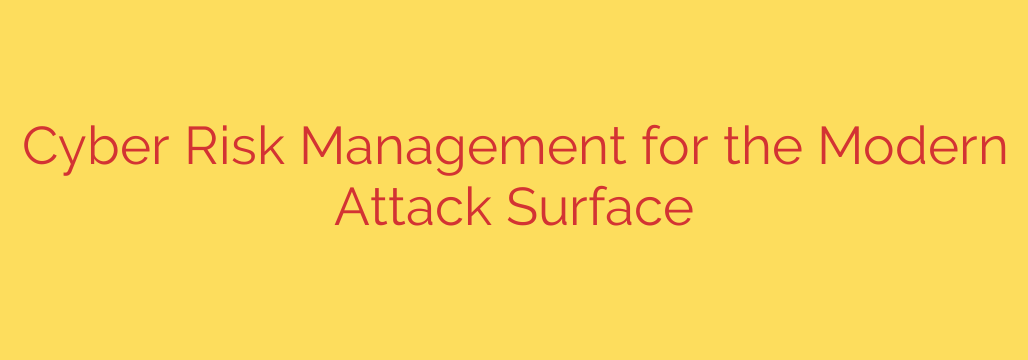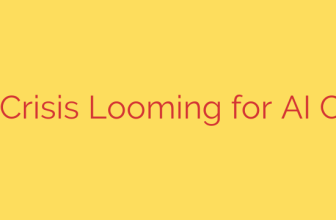
Navigating the complexities of today’s digital landscape presents unprecedented challenges in managing cyber risk. As organizations embrace digital transformation, leveraging cloud computing, the Internet of Things (IoT), mobile technologies, and intricate supply chains, their attack surface** expands dramatically. This evolution means the traditional security perimeter has dissolved, replaced by a dynamic, interconnected web of potential vulnerabilities that extends far beyond physical boundaries.
Understanding this modern attack surface is the critical first step. It includes not just traditional IT infrastructure but also cloud services, remote work endpoints, mobile devices, web applications, APIs, third-party vendor systems, and even physical devices connected to the network. Each new technology adopted, each new partnership formed, adds potential entry points for malicious actors.
Effectively managing risk in this environment requires a shift from reactive security measures to a proactive, integrated risk management framework. A successful approach goes beyond simply preventing breaches; it involves systematically identifying, assessing, mitigating, and continuously monitoring potential threats across the entire digital footprint.
Key components of this modern approach include:
- Comprehensive Risk Identification: Mapping the entire attack surface, including visible and shadow IT assets, and understanding how they interact. This requires deep visibility into your own infrastructure and that of critical partners.
- Dynamic Risk Assessment: Moving beyond static snapshots to continuously evaluate the likelihood and potential impact of threats targeting identified vulnerabilities. Risks are not constant; they change with new technologies, evolving threats, and shifts in the business environment.
- Prioritized Risk Mitigation: Developing strategies to reduce identified risks based on their severity and potential impact on business operations and reputation. This involves implementing appropriate security controls, updating policies, patching systems, and enhancing employee training. Not all risks can be eliminated, so focusing resources effectively is crucial.
- Continuous Monitoring and Response: Implementing systems for real-time threat detection, incident response, and vulnerability management. The attack surface is always changing, so monitoring must be continuous to detect new risks and respond quickly to incidents.
- Integration with Business Strategy: Cyber risk management should not be an isolated IT function but an integral part of overall business strategy and decision-making. Understanding the business context of risks allows for better prioritization and resource allocation.
- Third-Party Risk Management: Recognizing that your supply chain and partners are part of your extended attack surface. Implementing robust processes to assess and manage the cyber risks introduced by vendors and service providers is essential.
Adopting industry-standard frameworks like NIST or ISO 27001 can provide a structured approach, but success ultimately depends on fostering a culture of security throughout the organization. This includes securing executive buy-in, promoting employee awareness, and establishing clear communication channels regarding risk.
Managing cyber risk in the age of the modern attack surface is an ongoing process, not a one-time project. It demands agility, continuous adaptation, and a holistic view that encompasses technology, people, and processes to protect valuable assets and ensure business resilience.
Source: https://www.helpnetsecurity.com/2025/06/04/outpost24-attack-surface-risk-protection/








